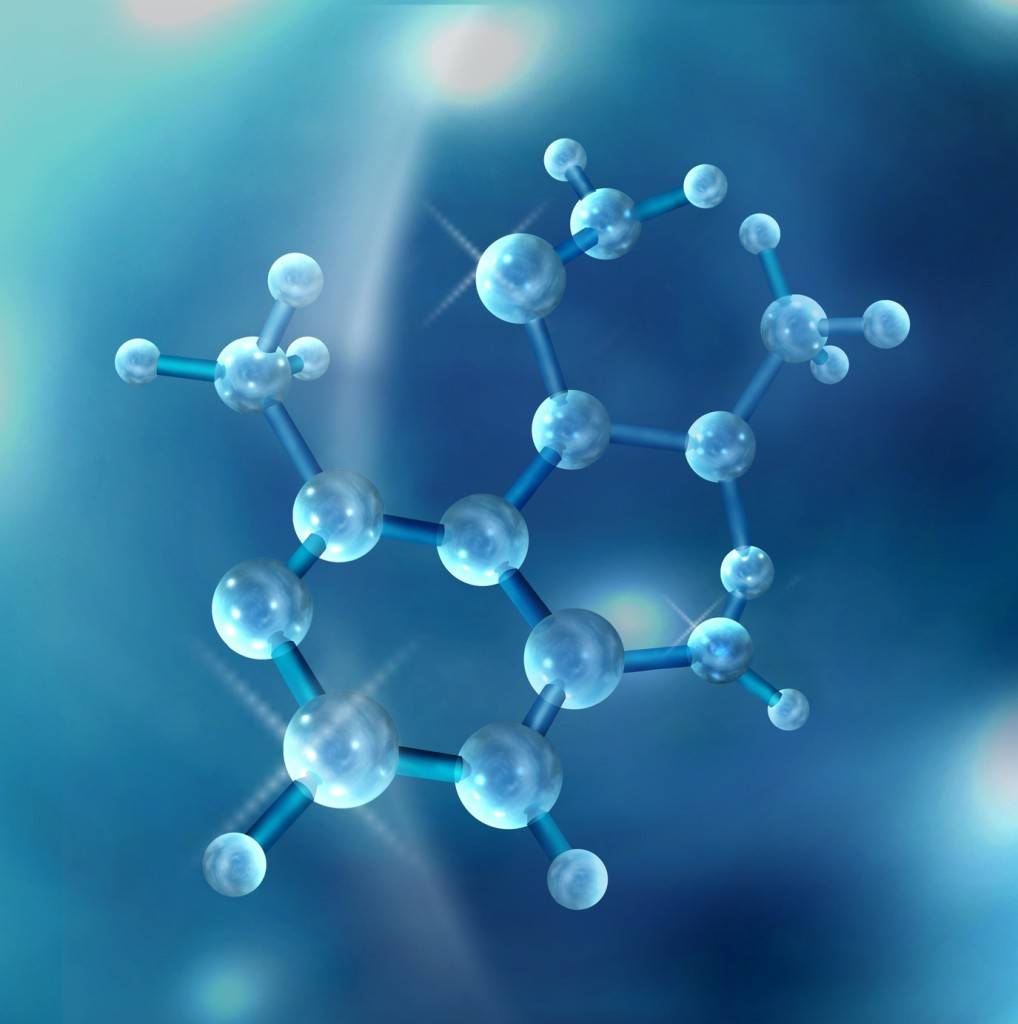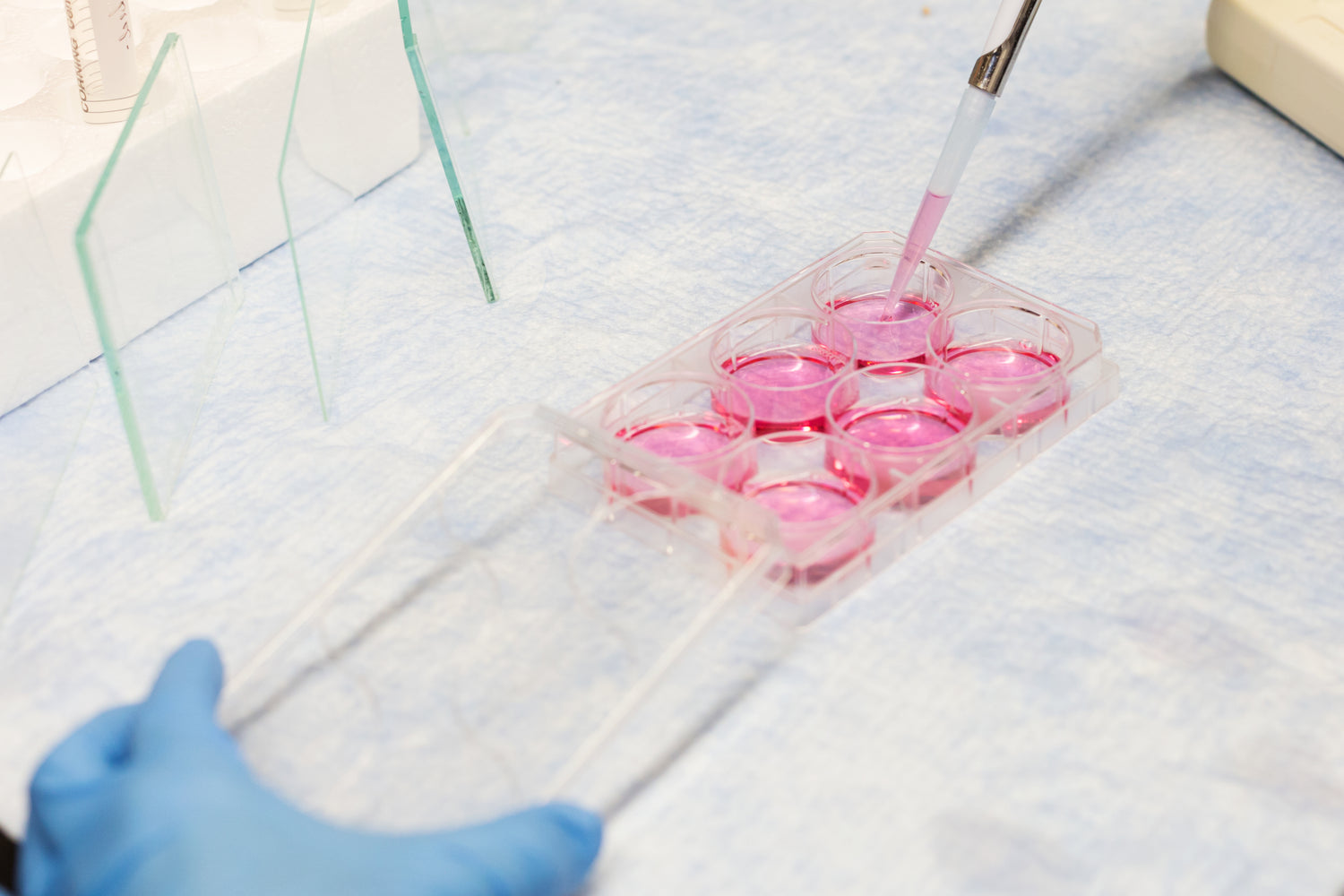Coffee skin, an important by-product of coffee processing, is rich in bioactive ingredients and can be used as a source of high-quality dietary fiber. As a new physical processing technology, ultrasonic treatment has attracted much attention in the field of food, but the influence of different ultrasonic power on the structure and functional properties of soluble dietary fiber in coffee peel is less studied.
The ripe coffee fruit from Qionghaidu Base of Spice Beverage Research Institute of Chinese Academy of Tropical Agricultural Sciences was used as raw material to obtain coffee peel powder after wet treatment, drying, grinding and sifting.
The soluble dietary fiber of coffee peel was extracted by ultrasonic-assisted alcohol precipitation method and prepared into suspension, which was treated for 30min under different ultrasonic power, and then vacuum dried for use.

The particle size, monosaccharide composition, structure, thermal stability, physical and chemical properties and functional properties of soluble dietary fiber of coffee peel were determined by laser particle size analyzer, high efficiency anion exchange chromatography-pulse amperometric detector, Fourier transform infrared spectrometer, X-ray diffraction, scanning electron microscope and thermogravimetric analyzer. Principal component analysis and correlation analysis were used to explore the relationship between each index.
Ultrasonic treatment reduced the particle size of soluble dietary fiber in coffee skin, and the distribution was more uniform. The particle size was the smallest and the specific surface area was the largest at 300W. At high ultrasonic power, the particles reaggregate due to the interaction of high viscosity suspension, resulting in an increase in particle size.
Ultrasonic treatment significantly improved the water holding capacity, oil holding capacity and water solubility of soluble dietary fiber in coffee peel, with the highest water holding capacity at 300W and the highest oil holding capacity and water solubility at 500W.
Ultrasonic treatment decreased the inhibitory activity of α-amylase, and the glucose adsorption capacity was the highest at 200W. Under acidic conditions, ultrasonic treatment significantly improved the adsorption capacity of nitrite ion. Ultrasonic treatment improved the scavenging ability of ABTS free radicals.
Ultrasonic treatment can significantly change the particle size, monosaccharide composition, structure, physicochemical and functional characteristics of soluble dietary fiber in coffee skin. 300W ultrasonic treatment had the best effect, which could optimize the physicochemical and physiological properties of soluble dietary fiber in coffee peel.








